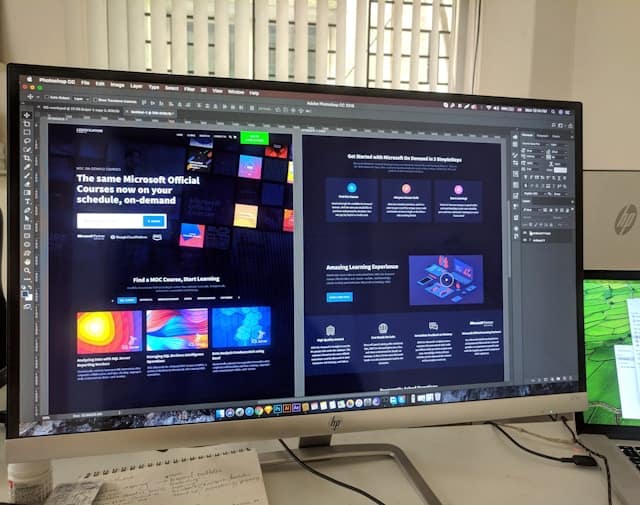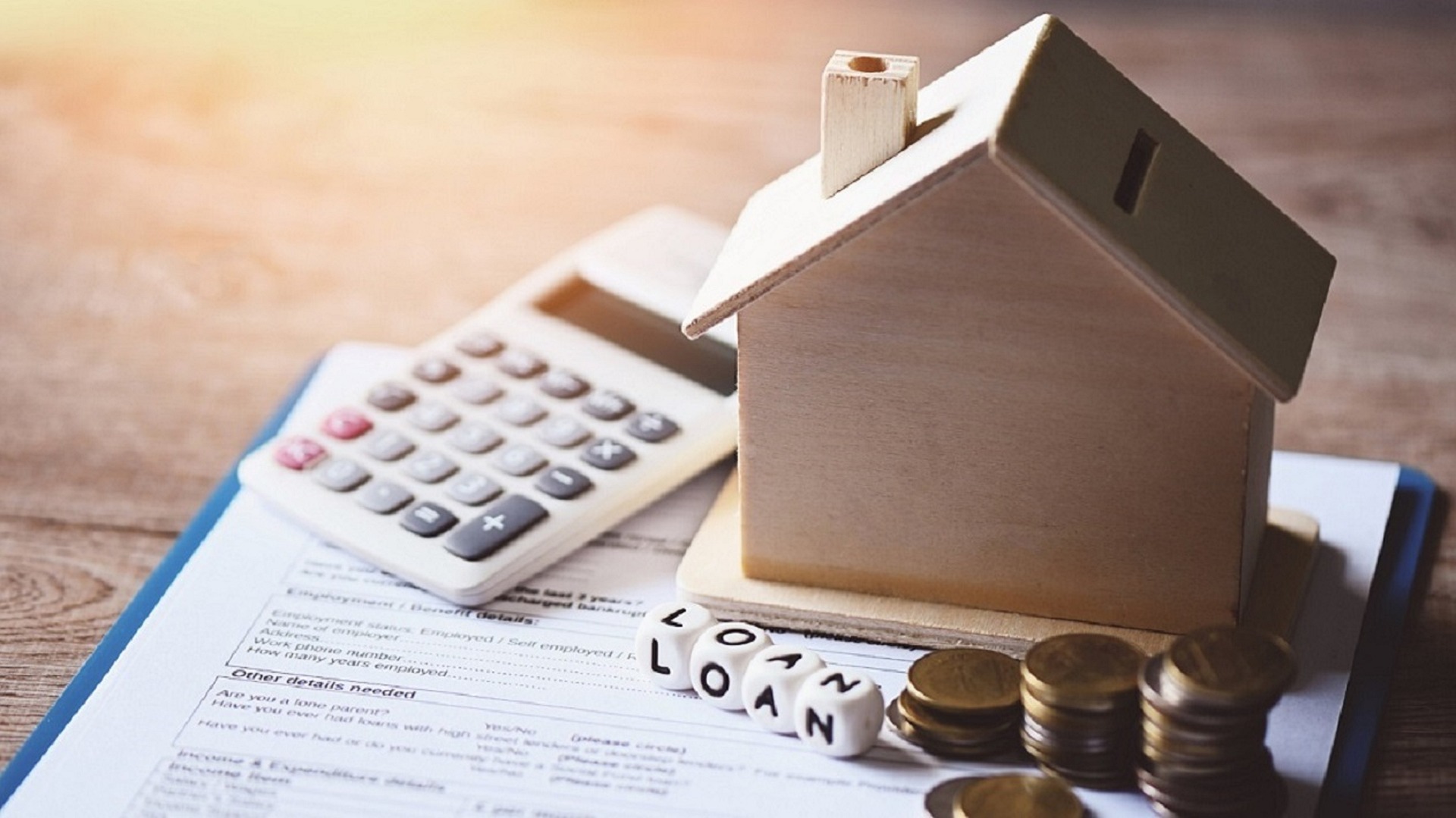Baltimore County, Maryland, just brought its first large-scale ground-mounted solar farm online, and it sits on what used to be the Parkton Landfill. The 213-acre site, once a symbol of waste, is now generating clean power that will cut costs, slash emissions, and turn an underused piece of land into a long-term energy asset.
Located north of Baltimore City, Baltimore County is one of Maryland’s largest and most populous counties, and its push toward renewables has major implications for the state’s climate and energy goals.
County Executive Kathy Klausmeier called the project a clear example of innovation meeting sustainability: “We are cutting costs for taxpayers and making investments that benefit our communities for decades.”
The new solar farm will provide around 11% of the Maryland county government’s annual electricity, producing roughly 8.2 million kilowatt-hours (kWh) in its first year. That’s the equivalent of avoiding greenhouse gas emissions from burning over 620,000 gallons of gasoline, powering more than 1,150 homes for a year, or driving 14 million fewer miles in gas cars, according to the EPA.
The 7 MW system includes four large solar arrays of 15,000 ground-mounted photovoltaic panels. It’s part of a growing trend in the US to repurpose capped landfills for renewable energy, turning dormant properties into productive clean energy sites.
Through a power purchase agreement with TotalEnergies, which owns and operates the system, Baltimore County will lock in reduced electricity rates for 25 years, with options to extend the contract for up to 33 years. That long-term deal protects taxpayers from future electricity price hikes while advancing local climate goals.
“Adding another large source of solar electricity to power our County’s facilities reflects our community’s values of making smart investments that take care of the health of our community and environment,” said Greg Strella, the county’s chief sustainability officer.
TotalEnergies Managing Director Eric Potts called the project a “powerful example of transforming underutilized assets into productive resources,” pointing to the dual benefits of cutting emissions and saving money.
Baltimore County’s next landfill solar project, at Hernwood, is expected to come online by 2028. Once that system is up and running, renewables will supply about 55% of the county government’s electricity use.
Read more: The Trump administration just killed the US’s largest solar project

The 30% federal solar tax credit is ending this year. If you’ve ever considered going solar, now’s the time to act. To make sure you find a trusted, reliable solar installer near you that offers competitive pricing, check out EnergySage, a free service that makes it easy for you to go solar. It has hundreds of pre-vetted solar installers competing for your business, ensuring you get high-quality solutions and save 20-30% compared to going it alone. Plus, it’s free to use, and you won’t get sales calls until you select an installer and share your phone number with them.
Your personalized solar quotes are easy to compare online and you’ll get access to unbiased Energy Advisors to help you every step of the way. Get started here.


FTC: We use income earning auto affiliate links. More.

![The Hyundai IONIQ 3 looks just as wild as the concept [Video] The Hyundai IONIQ 3 looks just as wild as the concept [Video]](https://i0.wp.com/electrek.co/wp-content/uploads/sites/3/2025/09/Hyundai-IONIQ-3-EV-concept.jpeg?resize=1200%2C628&quality=82&strip=all&ssl=1)






